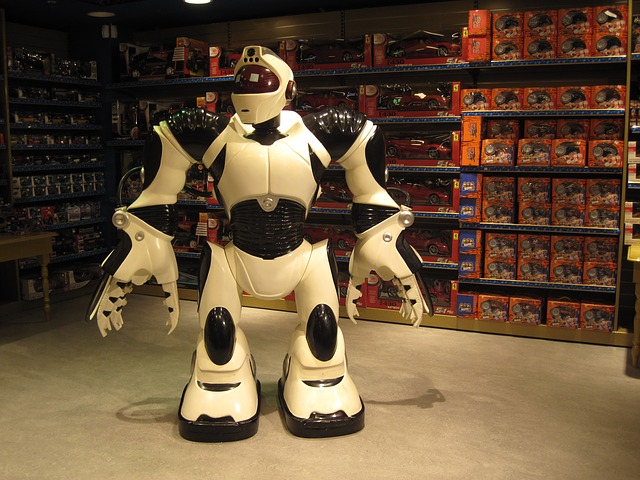
The "Terminator" franchise has featured a shape-shifting robot named 'T-1000' as the main antagonist. Now, researchers in China are apparently developing a similar shape-shifting robot using gallium, a soft silvery metal and a lithium battery.
Unlike the T-1000 which was evil in its characteristic, this new Chinese robot will be mainly used for search operations where human interferences are less possible. It should be noted that this Chinese robot will be palm-sized and experts believe that this small bot could be used for various difficult tasks including searching for survivors under earthquake debris.
"In the future, we expect to further develop soft robots incorporating liquid metal that could be used in special missions such as searching for and rescuing earthquake victims, since they can change shape to slide under doors or make it through spaces humans can't get into," Tang Shiyang, a research fellow with the University of Wollongong, Australia told the South China Morning Post.
The research team also believe that shape-shifting robots like these could be used for military espionages in the future years. They also claim that micro-miniatures of these robots can be used to fight various diseases in the human body.
As per medical experts, nanorobots could deliver cancer drugs on the targeted area and thus, they can hunt down tumour cells effectively.
Even though robotics is creating positive impacts in all areas of our living, some sceptics argue that robotics, if not regulated properly, could bring about unexpected results. A few months back, Elon Musk, the founder of Space X warned that robots powered with artificial intelligence might turn out to be more dangerous that North Korea's nuclear weapons. Stephen Hawking had also shared similar concerns and he had predicted that humans may witness robotic apocalypse if the technology is not properly regulated.









